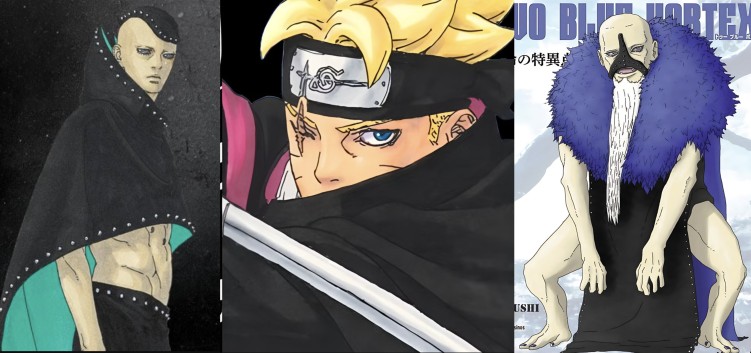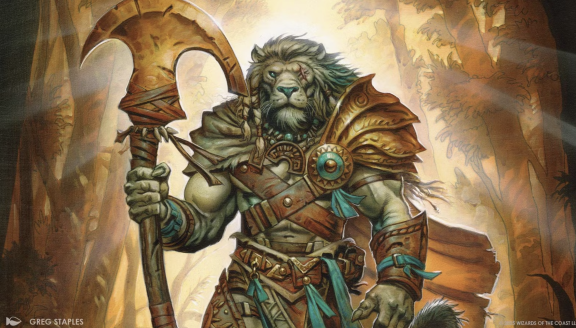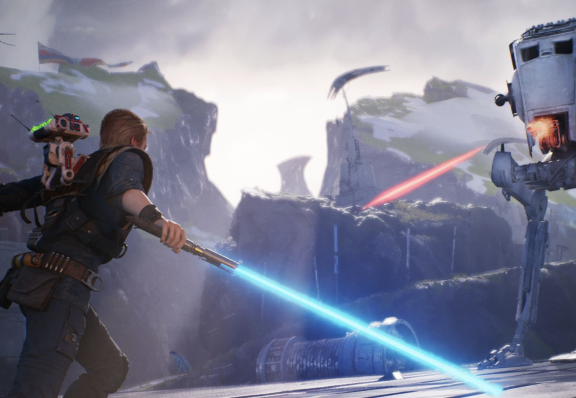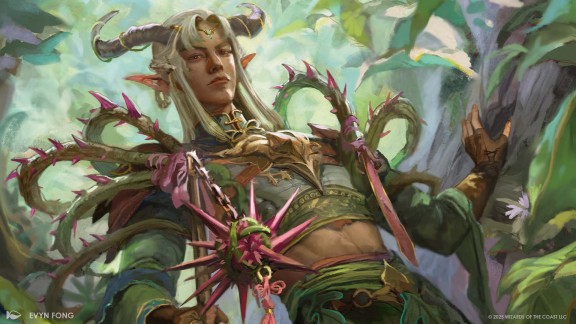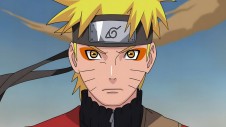In a manga landscape increasingly defined by high-octane showdowns and cosmic threats, Boruto: Two Blue Vortex continues to evolve under the stewardship of Masashi Kishimoto's story oversight and Mikio Ikemoto's dynamic artwork. The latest installment, Chapter 27: Bet Your Life On It, released globally on October 20 via VIZ Media's Shonen Jump and Manga Plus, masterfully shifts gears from interpersonal drama to strategic wartime preparation. While the chapter resolves a nail-biting confrontation and deepens character vulnerabilities, its true power lies in the meticulous setup for Konoha's next cataclysmic clash: a village-wide defense against the serpentine Divine Tree entity, Mamushi. This isn't mere foreshadowing—it's a calculated escalation that positions the Hidden Leaf on the precipice of all-out war.
The chapter opens amid the fallout of a volatile standoff, where Sarada Uchiha and Sumire Kakei find themselves ensnared by Daemon's unyielding grip. Having exposed their immunity to Eida's Omnipotence—a reality-warping ability that has manipulated alliances and perceptions across the shinobi world—the duo faces execution. In a moment of raw emotional authenticity, Eida intervenes, her plea rooted in a newfound sense of camaraderie forged through shared isolation. "Deep down, I didn't want you affected," she confesses, halting Daemon's lethal reflection technique just as it activates. This revelation ties the trio—Sarada, Sumire, and Eida—into a fragile alliance, their bond unmarred by supernatural coercion. It's a poignant beat that humanizes Eida, long portrayed as an aloof manipulator, and underscores the manga's recurring motif of genuine connections piercing through engineered deceptions.
As the dust settles in this personal crisis, the narrative pivots to broader existential perils, drawing the spotlight inexorably toward Mamushi. The Divine Trees, grotesque amalgamations of the Ten-Tails' chakra born from Otsutsuki experiments, have loomed as existential harbingers since the series' post-timeskip reboot. Jura, the enigmatic leader fixated on devouring Naruto Uzumaki to comprehend human "deliciousness," has already infiltrated Konoha with chilling nonchalance, his casual stroll through the village serving as a stark reminder of the shinobi's precarious position. Yet Chapter 27 elevates Mamushi from peripheral menace to immediate vanguard of invasion, transforming him into the catalyst for the arc's defining battle.
Through Kashin Koji's prescient counsel—delivered via a telepathic link facilitated by Inojin Yamanaka's ink-based espionage—the chapter unveils Mamushi's horrifying physiology. Dubbed "Bunretsu" or Division, this ability allows the entity to splinter into innumerable clones upon sustaining damage, each iteration a fully autonomous "real body" capable of independent assault. Every division dilutes Mamushi's intelligence, rendering clones more primal and pain-sensitive, but the sheer volume poses an overwhelming swarm tactic. "Destroy the eyes of each Mamushi to halt further division," Koji instructs Shikamaru Nara, the beleaguered acting Hokage, emphasizing a precision strike amid chaos. This vulnerability introduces a tactical chessboard: Konoha's defenders must dismantle an exponentially multiplying horde before it overruns the village, all while minimizing collateral damage in the heart of their home.
The strategic calculus intensifies with Konoha's deliberate choice of battlefield. As Koji elucidates, luring Mamushi inward exploits the entity's instinctive dread of Jura, compelling restraint to avoid drawing the superior Divine Tree's ire. Jura's obsessions—Boruto and Himawari Uzumaki as prime targets—further anchor the conflict within village walls, creating a pressure cooker where evacuation is untenable. Shikamaru, already strained by the Fire Daimyo's scrutiny and calls to dismantle the shinobi system, greenlights the gambit: "Konoha becomes the trap." This decision echoes the series' thematic evolution from Naruto's era of open-field epics to Boruto's claustrophobic, urban skirmishes, where civilian lives hang in the balance of every jutsu.
Parallel threads amplify the tease, weaving personal stakes into the collective dread. Inojin, the Yamanaka clan's ink-wielding prodigy, receives an urgent mandate from Koji: master the Mind-and-Body Transfer Jutsu within 48 hours. His "eyes"—a nod to the clan's signature sensory prowess—emerge as the linchpin for countering Mamushi's ocular weak points, potentially allowing remote possession to orchestrate mass takedowns. This assignment thrusts Inojin into uncharted territory, borrowing from his grandfather Inoichi's sacrificial legacy while highlighting the next generation's burden to innovate amid apocalypse.
Boruto himself embodies the chapter's titular wager, entrusting his shattered sword to Sumire for technological rebirth. The blade, fractured in prior clashes, symbolizes the Uzumaki's resilient spirit; Sumire's scientific ninja tool expertise promises an unbreakable evolution, perhaps infused with chakra-conductive alloys to cleave Divine Tree flesh. "Rebirth it," Boruto urges, his stoic demeanor masking the gravity of betting his life—and Konoha's—on this fusion of tradition and innovation. Meanwhile, Kawaki's subplot injects visceral urgency: under Amado's sterile gaze, his Karma-modified body unravels, cellular decay accelerating from Otsutsuki rejection. This fragility positions him as a wildcard in the brewing fray, his deteriorating form a ticking bomb that could either bolster or betray the defense.
As the panels darken, the tease crescendos with ominous portents. Dark clouds amass over Konoha, masking chakra signatures as the Mamushi swarm slithers toward the gates. Mamushi's approach isn't abstract; it's visceral, driven by a predatory fixation on Eida, whose divine allure makes her a prime "meal." The chapter closes on this precipice, leaving readers with the inescapable sense that Chapter 28 will erupt into a symphony of division, possession, and desperate gambits.
In Boruto: Two Blue Vortex, battles have always transcended physicality, probing the cost of power in a world scarred by gods and betrayals. Chapter 27's tease of the Mamushi confrontation elevates this tradition, framing it as a symphony of calculated risks where every eye targeted, every clone shattered, tests the mettle of Konoha's fractured guardians. As the Divine Trees encroach, the Hidden Leaf's survival hinges not just on strength, but on the lives wagered in defiance. With monthly releases maintaining this deliberate burn, the series cements its status as a maturing heir to Naruto's throne—one unafraid to let shadows lengthen before the storm breaks.
